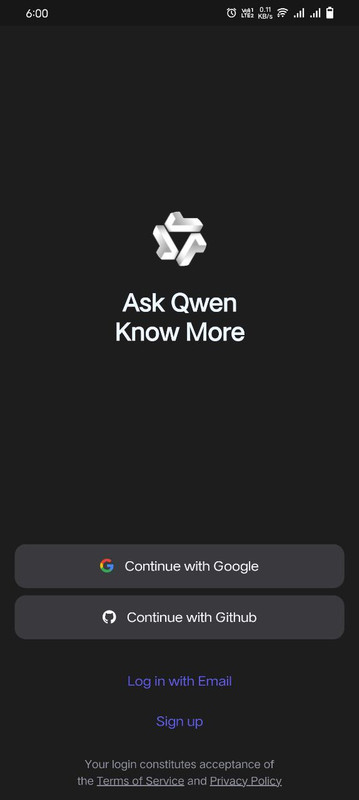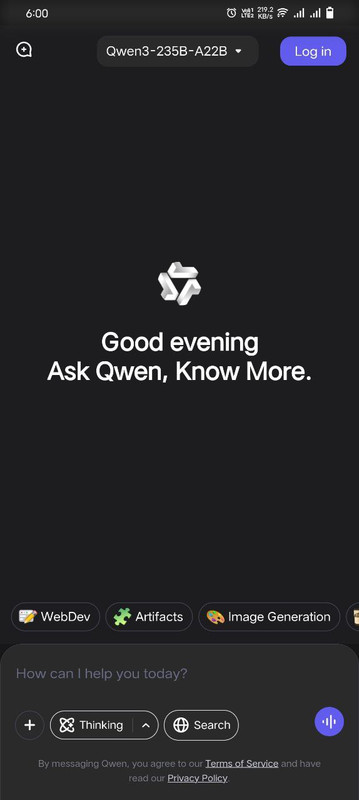In a world where AI giants like OpenAI, Deepseek and Anthropic are hogging the headlines, a quiet but powerful competitor is rewriting the rules – Quan 2.5. Developed by Alibaba Cloud, this latest upgrade in the Qwen (通义千问) series isn’t just another incremental improvement. It’s a game-changer – blending raw intelligence, efficiency, and openness in a way that few models have before.
What is the functionality of Qwen2.5-Max?
Qwen2.5-Max utilizes a Mixture-of-Experts (MoE) architecture, a method similarly adopted by DeepSeek V3. This method enables the model to expand while maintaining manageable computational expenses. Let us analyze its fundamental components in a comprehensible manner.
Mixture-of-Experts (MoE) framework
In contrast to conventional AI models that utilize all parameters for each task, MoE models such as Qwen2.5-Max and DeepSeek V3 engage only the most pertinent components of the model at any moment.

Consider it analogous to a consortium of specialists: when posed with a complex inquiry regarding physics, only the physicists engage, while the remainder of the team remains inactive. This selective activation enables the model to manage large-scale processing more efficiently without necessitating excessive computing power.
This approach renders Qwen2.5-Max both potent and scalable, enabling it to rival dense models such as GPT-4o and Claude 3.5 Sonnet, while exhibiting greater resource efficiency—a dense model is characterized by the activation of all parameters for each input.
Training and optimization
Qwen2.5-Max underwent training on 20 trillion tokens, encompassing a wide array of subjects, languages, and contexts.
To contextualize 20 trillion tokens, it equates to approximately 15 trillion words - an incomprehensibly large quantity. In comparison, George Orwell's 1984 comprises approximately 89,000 words, indicating that Qwen2.5-Max has been trained on the equivalent of 168 million copies of 1984.

What makes Quan 2.5 different?
Let’s break it down – without any hype, without any idle talk – just the straight facts and why they matter.
1. The Open-Source Juggernaut
Most top-tier AI models are locked behind corporate walls (GPT-4, Cloud 3, Gemini). But Qwen 2.5 is open-source, meaning anyone can download, modify, and deploy it freely, even for commercial use.
Why it matters: Startups, researchers, and developers don’t need to beg for API access or pay per query. They can run Qwen2.5 on their servers, fine-tune it, and build upon it without restrictions.
2. The beast of efficiency
While GPT-4 Turbo and Cloud 3 are powerful, they are also expensive to run. Qwen2.5 is optimized for real-world use - faster inference, lower costs, and scalable deployment.
Why it matters: Businesses need AI that doesn’t break the bank. Qwen2.5 may be the most cost-effective high-performance model available today.

3. Master the multilingual
Many AI models perform best in English but falter in other languages. Qwen2.5 excels in Chinese, English, and beyond, making it a true global competitor.
Why it matters: If you’re building for international users, Qwen2.5 can even outperform GPT-4 in non-English contexts.
4. Long-context champion
Forget about losing track of a conversation after a few messages. Qwen2.5 potentially supports 128K+ context windows, which means it remembers more, understands better, and stays coherent in longer discussions.
Why it matters: Legal documents, coding projects, and complex research benefit from AI that doesn’t “forget” in the middle.
5. Coding and reasoning powerhouse
Qwen2 isn’t just a chatbot - it’s a problem solver. With improved logical reasoning and coding capabilities, it can:
- Debug complex code
- Explain advanced concepts
- Help with mathematical proofs
Why it matters: Developers, engineers, and students now have a free, powerful AI assistant that rivals Copilot and Claude.

The big question: Can Qwen2.5 beat GPT-4?
Not yet - but it doesn’t have to.
Qwen2.5 isn’t trying to be GPT-5. Instead, it’s forging its path:
- Open and accessible (unlike OpenAI)
- Cost-efficient (unlike most cloud-based AI)
- Multilingual and versatile (unlike many Western-centric models)
Who should use Qwen2.5?
- Developers who want a free, powerful coding assistant.
- Businesses that need affordable, scalable AI.
- Researchers who want full control over their AI models.
- Non-English users who need high-quality AI in their language.
Conclusion
Qwen2.5 isn’t just another AI model - it’s a statement. A statement that the future of AI shouldn’t be locked behind paywalls and corporate gatekeeping.










